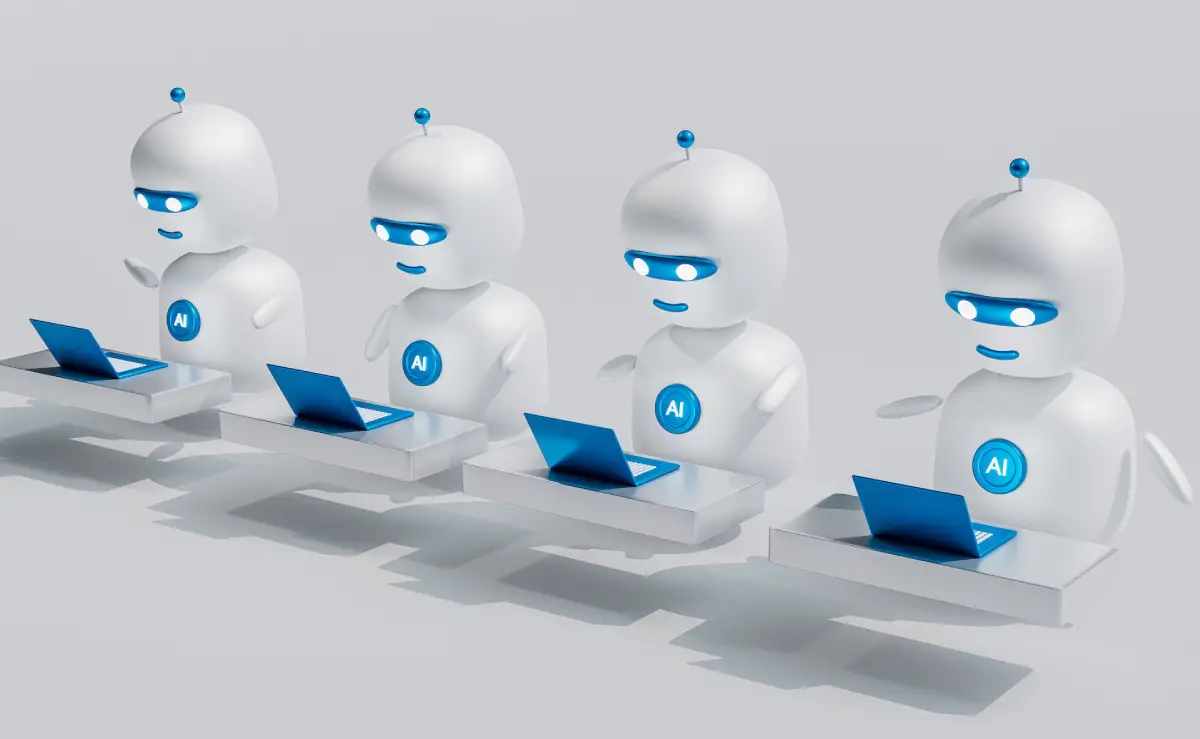
As the Internet develops and more and more young people become used to specific versions of the Web, it will be easier to forget the technology’s origins, how it developed, and its logical developments. Standards for establishing the parameters of the Web are set through the World Wide Web Consortium (W3C). So, what is Web 3.0, and what can we expect from it?
Origins in the World Wide Web
Some people might not even remember the original meaning of “www” when they type these letters into a URL. What is now known as Web 1.0 (as any product does once it becomes further developed) was initially known simply as the “World Wide Web.”
Back in the 1990s, during the Web’s infancy, people started rushing to computer centres to gather information and use primitive email versions. But Web 1.0 was primarily simply an information provider.
Then, around 2004, with the launch of Facebook and other more interactive sites, came what we now know as Web 2.0. This was the period of increased interactiveness.
People could generate their content – previously, it wasn’t possible to comment on a site and have it be part of it – and social media and other interactive platforms started to increase. It was only in 2009 that the term Web 2.0 was coined because it needed to develop into a specific form first.
Enter Web 3.0
The next logical step in Internet growth became the ability to own pieces of the Web. This is now in the process of morphing into what people are calling Web 3.0. The primary purpose of Web 3.0, according to the W3C, is to make Internet data machine-readable. It is the “executable” version of the Web.
Web 3.0 will be based on blockchain technology, the same technology used to perform cryptocurrency transactions. It will allow for transactions in which users will have created, and therefore be the owners of, the data they add to chains.
As with blockchain, it will be increasingly decentralized, meaning many sites will not simply come from one source but be shared among users.
There will be multiple new tools at users’ disposal with Web 3.0. One example is the use of non-fungible tokens (NFTs) in blockchains. NFTs are identifiers used to identify data ownership within the blockchain. They are immutable and cannot be copied or changed.
Internet games, too, will change form. For example, buidlbee has announced a blockchain-based game that will be released in 2023.
Semantic technology and the Semantic Web
Web 3.0 is also known as the Semantic Web. This is because it will utilize what is known as semantic technology. Semantic technology is a group of methods that enable more excellent data categorization and processing.
It will allow people to create their own rules for how to handle data. Some examples of semantic technology include RDF (Resource Description Framework), a standard for describing web resources and data interchange, and OWL (Web Ontology Language), a web language that is very extensive in its ability to explain things.
Another manifestation of semantic technology is that machines will have a more remarkable ability to communicate with people and each other. It is because of Another feature of Web 3.0 is that it will extensively use artificial intelligence (AI).
This will manifest itself in more accurate machine-human interaction, a more precise understanding of language (for example, in the use of chatbots), improved translation ability, and better recommendations based on user requests. The technology of natural language processing (NLP) will play a significant role in this.
Improved user experience
Because of all these refinements in the technology of Web 3.0, the user experience will be much improved. In addition to the ability to conduct transactions with greater ease, people will receive more personalized recommendations and advertising, have enhanced security, and experience a more real-life online existence in multiple ways.
The future is yet to be seen.
These are some of the fundamental characteristics of what will define We 3.0. However, as stated earlier, this new Web iteration is still taking shape.
Therefore, it will also contain many features we can only speculate about. Whatever they are, the whole experience is sure to be more interactive, refined, and technologically advanced than we can describe now.
Also Read:
Starting Right With Local SEO For Healthcare






